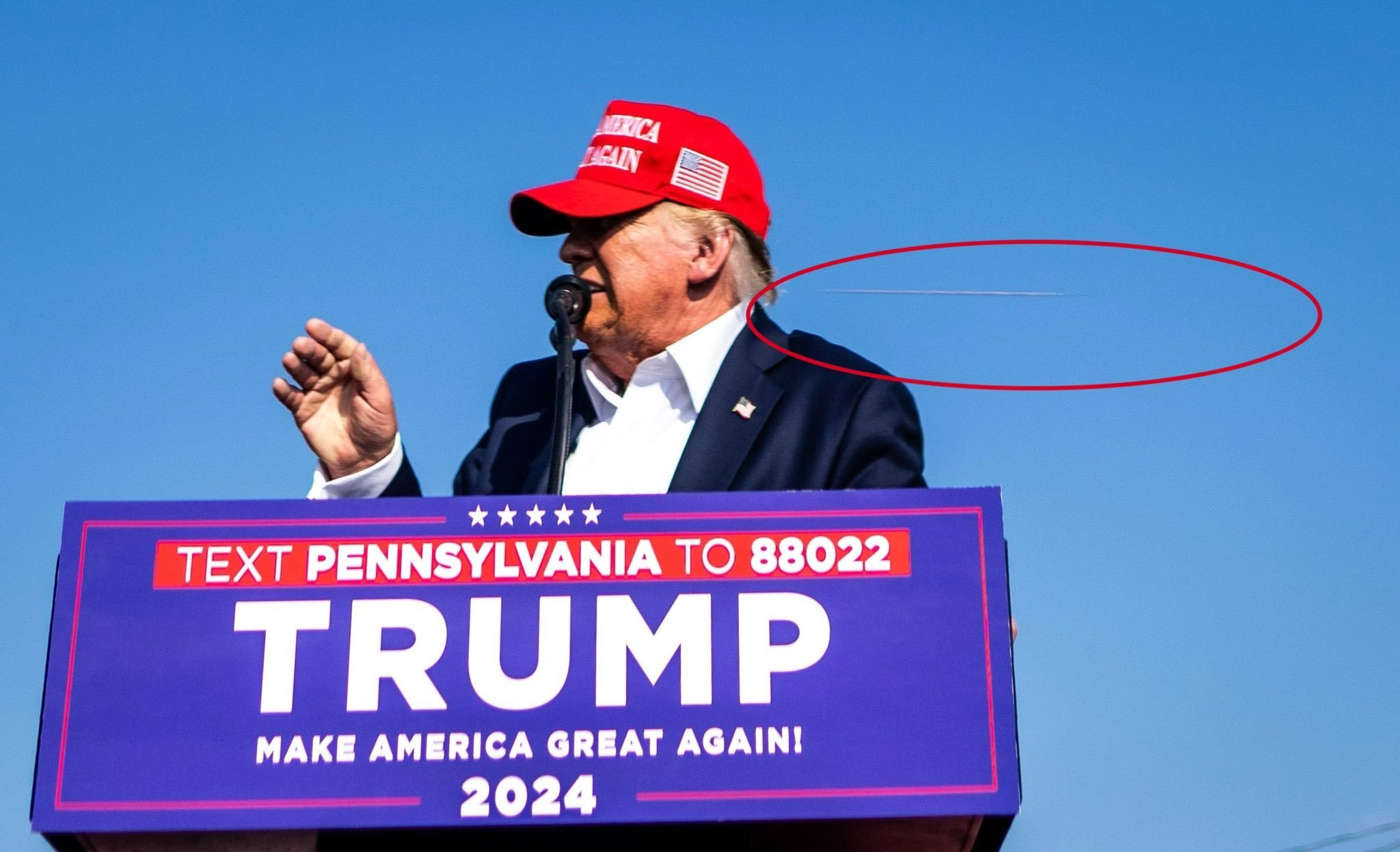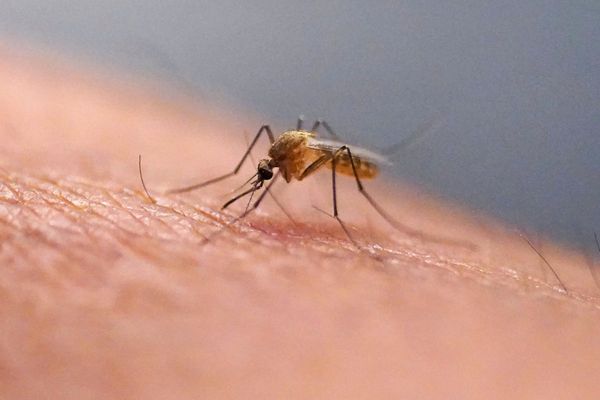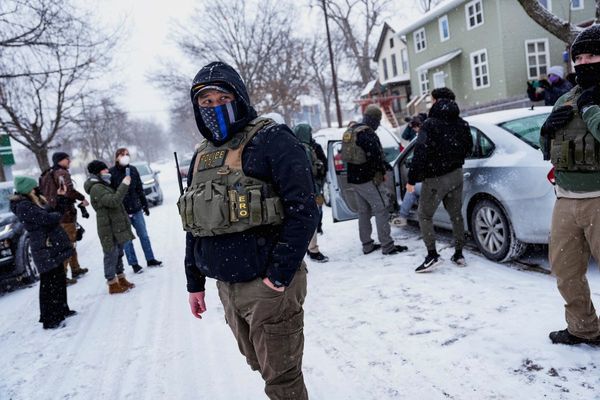
The world was stunned by a picture by Doug Mills, a New York Times photographer, which appears to show a blurred trail of a bullet having passed President Trump or clipped his ear at a rally on Saturday.
Many will be asking themselves "Is it possible to take a picture of a bullet in flight?" The short answer is "Yes", so there is no reason to assume Mills image is a fake.
Photo by New York Times photographer Doug Mills shows bullet flying just behind Trump's head. pic.twitter.com/0ncIBC0i1vJuly 14, 2024
Taking a photograph of a bullet has been done before, but typically it's done in controlled circumstances – Sweedish photographer captured a picture of biathlete Hanna Öberg, using a Nikon Z 9 which shows the bullet leaving the muzzle of a rifle.
Strand used a "spray and pray" approach with the camera's 120fps stills mode and a shutter of 1/32,000sec, but it was still the result of a good amount of timing and practice getting to grips with the timing of the athlete's firing so the bullet was fired while the image buffer had from to write to.
At 1/32,000sec, however, the 'frozen bullet' – despite some motion blur – is more or less visible for its shape....
Faster Than A Speeding Bullet!The amazing Nikon Z9 at 120 fps in Stills Mode capturing a bullet leaving a competition gun at the Biathlon World Cup in Germany. Images: Copyright Göran Strand. #nikon #nikonphotography pic.twitter.com/KDzvupRz9OJanuary 19, 2022
Mills, being a professional, will also no doubt have used his burst and full image buffer to capture as many images as possible the moment it became clear something was happening.
With the bright conditions and the camera closely focussed on the President, a nearby passing bullet would be in sharp focus if passing close enough.
The only remaining question as to whether a blur is visible is how fast it was going compared to the shutter speed.
The shooter, identified by the FBI as Thomas Matthew Crooks, used "an AR-style rifle" – which would send a bullet at around 3000ft/sec as it leaves the gun.
A bullet loses speed as it flies, and the shooter was around 600ft from the former President.
According to Politiko, Mills was taking photos with "a Sony camera capable of up to 30fps and 1/8000sec" (though they don't say which one or what setting he was using).
Mills is known to have spoken about why he switched to the Sony a9 (from Canon) in the past (the interview is on the Sony site). We now think he's using a Sony A1 – a full frame camera with up to 50.5 megapixels
(Not the A9iii – a camera we actually covered last year with the heading This camera can literally stop bullets.)
UPDATE: As Jeff Heyman pointed out, the NYT interview screen capture suggests Mills was using an ILCE-1 at 2424 x 1474 – ILCE-1, better known as a Sony A1. It boasts a mechanical shutter limit of 1/8000 or 1/32000 burst rate.
The Metadata reports f/1.6 at 1/8,000sec (it was a bright day). The camera can capture 30fps in a burst and up to 400 before the buffer is full depending on settings. That's a lot of chances.
Mills has since described the event to the New York Times (subscription required for full story).
The point being that the shutter speeds and ballistic math seems to suggest there is no reason why, in this photo, we're not seeing air displacement from a passing bullet – though since 5 shots were fired it's not clear if it's the one which clipped Trump's ear.
One might expect to see debris in that case, and according to Politiko again, Michael Harrigan, an FBI retiree agress that is could be a bullet but "the angle seems a little low" to be the one to go through the ear.
For more reading, check our guide to the best Sony cameras.







